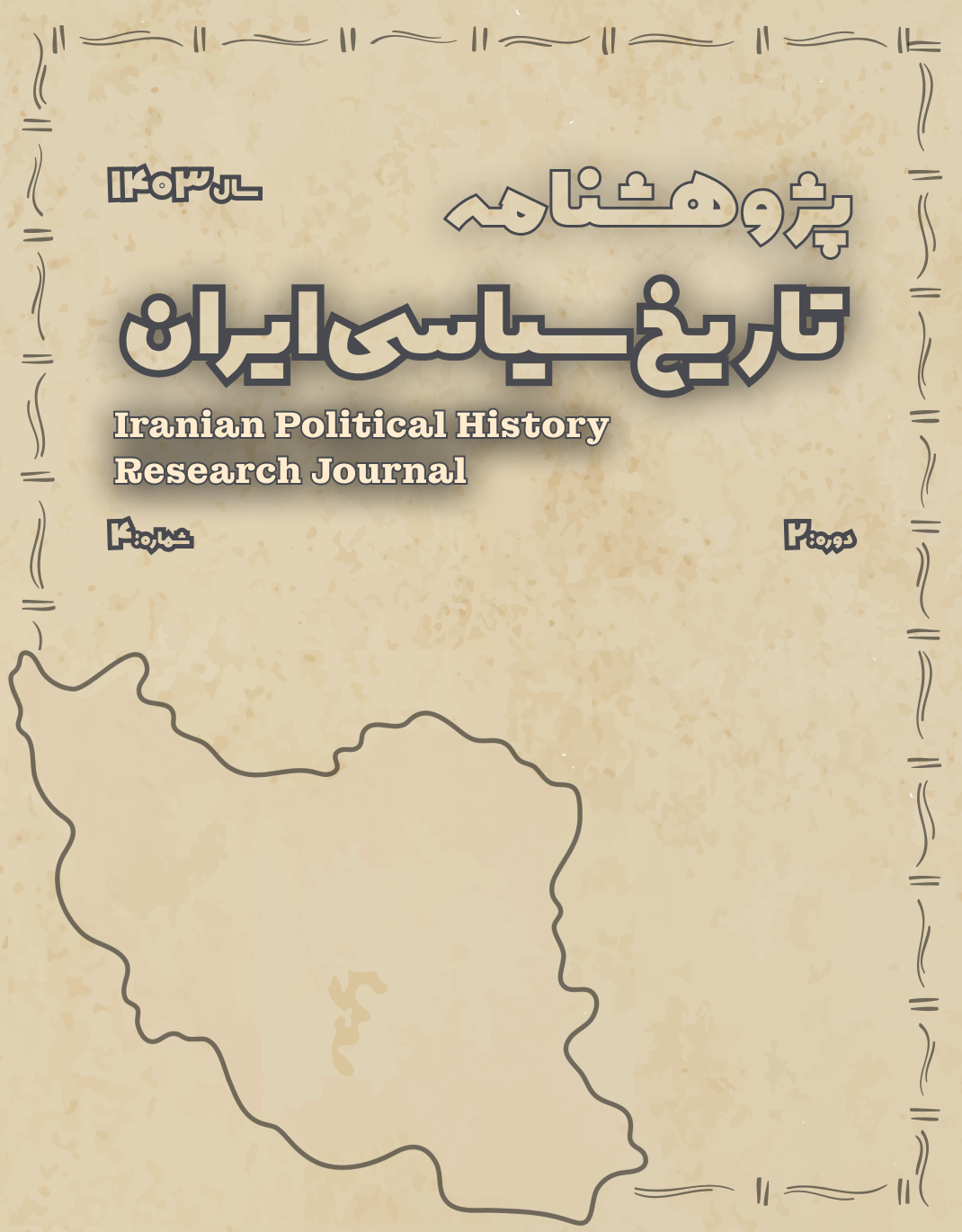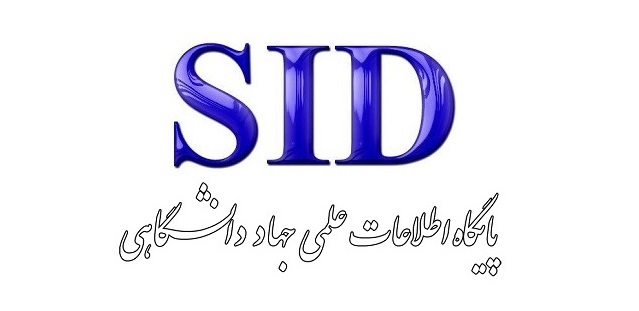Iranian Nationalism and the Formation of a Centralized State: A Historical-Theoretical Study
Keywords:
Iranian nationalism, centralized state, nation-state, revivalist historiography, cultural homogenization, Pahlavi state, ideological historiographyAbstract
This article provides a historical-theoretical analysis of Iranian nationalism and its role in the formation and consolidation of a centralized modern state in Iran. Employing a qualitative and analytical approach, and drawing on classical theories of nationalism and state-building, the study explores the interplay between cultural and political elements in the Iranian nation-building process from the Qajar era to the end of the first Pahlavi period. The findings suggest that although Iranian nationalism invoked symbols from Iran’s ancient past, it functioned as a political tool for power centralization and identity homogenization within the framework of modern state-building. During the Qajar era, nationalism emerged in response to military defeats and foreign domination, while in the Constitutional Revolution, it materialized in the pursuit of a lawful state. Under Reza Shah Pahlavi, nationalism became the state’s official discourse, deployed through education, media, ideological historiography, and repressive policies to reinforce centralized authority and suppress ethnic, cultural, and religious diversity. The article further reflects on the concept of the state in Iran and critically evaluates nationalism as a means of authoritarian institutionalization rather than merely a cultural discourse. Finally, the study offers recommendations for future research on nationalism, ethnic diversity, and state formation in contemporary Iran.
Downloads
References
Abrahamian, E. (1982). Iran between two revolutions. Princeton University Press.
Anderson, B. (2006). Imagined communities: Reflections on the origin and spread of nationalism (Rev. ed.). Verso.
Bhabha, H. K. (1994). The location of culture. Routledge.
Gellner, E. (1983). Nations and nationalism. Cornell University Press.
Hobsbawm, E. (1992). Nations and nationalism since 1780: Programme, myth, reality. Cambridge University Press.
Mann, M. (1986). The sources of social power: Volume 1, A history of power from the beginning to AD 1760. Cambridge University Press.
Said, E. W. (1978). Orientalism. Pantheon Books.
Smith, A. D. (1991). National identity. University of Nevada Press.
Tilly, C. (1992). Coercion, capital, and European states, AD 990–1992. Blackwell Publishing.
Weber, M. (1978). Economy and society: An outline of interpretive sociology. University of California Press.









